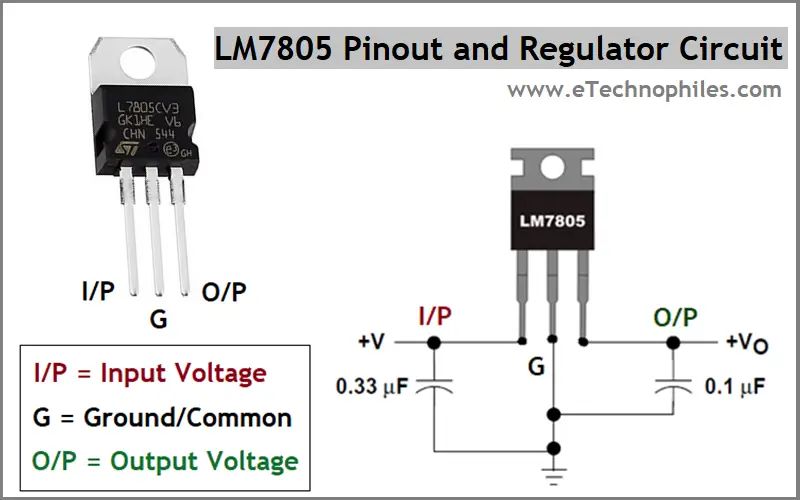
Are you an electronics enthusiast or a researcher in pursuit of reliable voltage regulators? Look no further, as this comprehensive guide is tailored for your needs. In this article, we delve into the intricacies of the Mc7805 device, an indispensable component in various electronic applications. Strap yourself in as we explore the key features, performance characteristics, and operational specifications of this widely used voltage regulator.
Unleashing the Potential: Discovering the Mc7805
Welcome to the realm of voltage regulation, where precision and stability reign supreme. The Mc7805, also referred to as the ‘voltage regulator of champions,’ is an integral part of countless electronic circuits. With its remarkable ability to provide a constant output voltage, the Mc7805 plays a pivotal role in ensuring the optimal performance of your electronic projects.
Delving Deeper: Understanding the Specifications
As we embark on this journey, it is essential to comprehend the intricate details of the Mc7805’s technical specifications. From input voltage range to output regulation, thermal resistance to load regulation, this article leaves no stone unturned. Gain a profound understanding of the Mc7805’s inner workings and untangle its complexities with our comprehensive analysis.
A Practical Perspective: Real-World Applications
The significance of the Mc7805 extends beyond its technical specifications. To truly appreciate its value, we delve into its real-world applications. From powering microcontrollers and electronic gadgets to supporting critical industrial systems, the Mc7805 finds its place in diverse domains. Explore the practical implementation of this voltage regulator and unlock its potential in your next project.
Prepare yourself for an exhilarating dive into the world of Mc7805 voltage regulators. Whether you are a seasoned engineer seeking in-depth knowledge or an aspiring hobbyist starting your electronic expedition, this article equips you with the essential insights into this remarkable device. So, let’s unravel the secrets of the Mc7805 and unlock its power together!
Understanding the MC7805 Datasheet: Key Features and Specifications
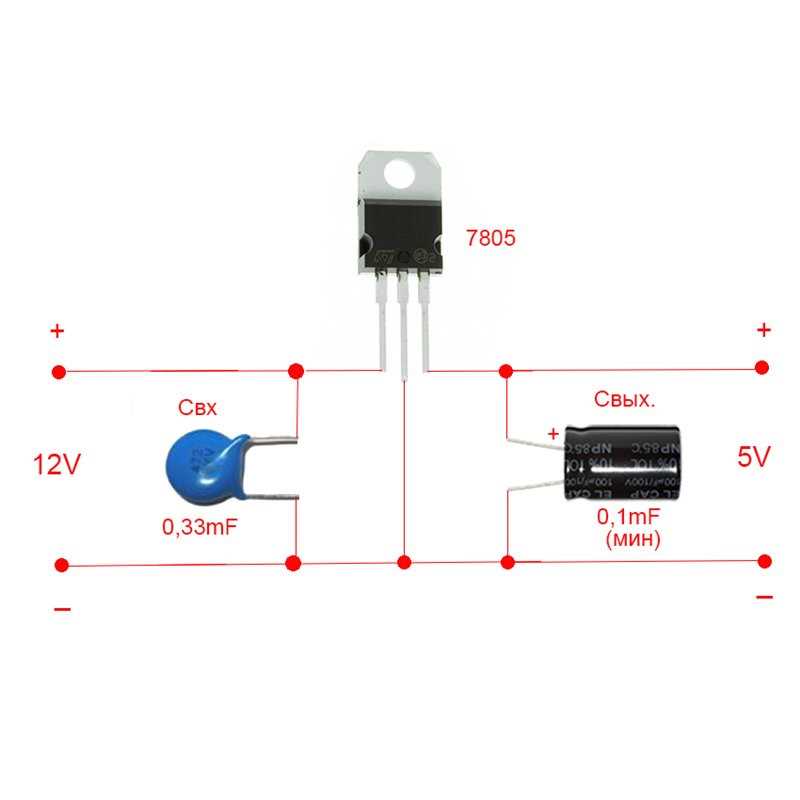
When it comes to working with electronic components, understanding their datasheets is crucial for successful implementation. The MC7805, more commonly referred to as a voltage regulator, is an essential component in electronic circuits that ensures a stable output voltage regardless of fluctuations in the input voltage.
1. Voltage Regulation
One of the key features of the MC7805 is its ability to regulate voltage. Voltage regulation is necessary to ensure that the output voltage remains constant even when the input voltage varies. This feature is particularly useful in scenarios where the stability of the output voltage is critical, such as in power supply applications.
2. Input and Output Voltage Range
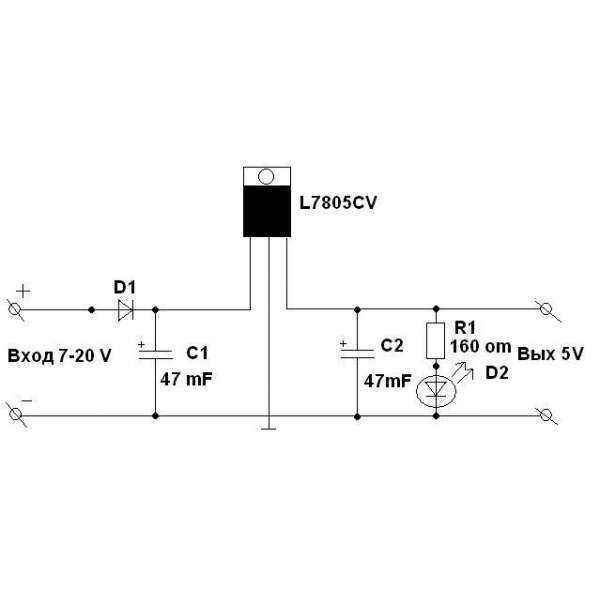
The MC7805 datasheet provides crucial information about the input and output voltage range for the voltage regulator. This information helps engineers determine whether the MC7805 is suitable for their specific application. Understanding the input voltage range allows designers to ensure that the regulator can handle the expected variation in the input voltage, while the output voltage range helps determine if the MC7805 can provide the desired output voltage level.
- Input voltage range: The datasheet specifies the minimum and maximum input voltage values that the MC7805 can tolerate without causing damage or affecting performance.
- Output voltage range: The datasheet may provide a range of output voltage options available for the MC7805, allowing engineers to choose the desired voltage level that suits their specific needs.
3. Current Ratings
The MC7805 datasheet also includes current ratings, which are crucial for ensuring the regulator can handle the expected load and prevent overheating or component failure. The datasheet provides information on both the maximum continuous current and the maximum transient current that the MC7805 can handle.
4. Thermal Characteristics
Understanding the thermal characteristics of the MC7805 is essential to ensure proper heat dissipation and prevent overheating. The datasheet provides information on the thermal resistance and the maximum operating temperature of the component. This data helps designers determine whether additional heat sinks or cooling mechanisms are necessary to maintain safe operating conditions.
5. Package Information
The MC7805 datasheet also includes information about the package type and dimensions. This information is crucial for determining the physical size and compatibility of the voltage regulator with other components or printed circuit boards (PCBs).
By carefully analyzing and understanding the MC7805 datasheet, engineers and designers can confidently integrate this voltage regulator into their electronic circuits, ensuring proper functionality and reliable performance.
Using the MC7805 Datasheet: Pin Configuration and Functionality

In this section, we will explore the pin configuration and functionality of the MC7805, a popular voltage regulator. Understanding the pin layout and how each pin functions is crucial for effectively utilizing this integrated circuit. By delving into the datasheet, we can gain a comprehensive understanding of the device without relying on specific names.
The MC7805 contains a set of pins that serve distinct purposes. These pins allow for the input, output, and ground connections necessary for proper voltage regulation. By studying the MC7805 datasheet, we can uncover valuable information about each pin’s role and significance in the overall functionality of the device.
A critical pin in the MC7805 is the input pin. This pin accepts an unregulated input voltage and acts as the reference point for the regulator. Another significant pin is the output pin, which provides a stable and regulated voltage output to power various electronic components. Ground pins are also present, serving to establish a common reference point for the entire circuit.
To gain a deeper understanding of the pin functionality, we can refer to the pin description section of the datasheet. This section provides detailed information about each pin’s voltage ratings, currents, and their relationship to other pins. By carefully analyzing this information, we can ensure optimal operation and avoid potential issues such as incorrect connections or inadequate power supply.
Using the MC7805 datasheet to understand the pin configuration and functionality of the device is essential for successful integration into a circuit design. Taking the time to study the datasheet and familiarize oneself with the pin details will enable engineers and hobbyists alike to confidently utilize the MC7805 voltage regulator, providing reliable power supply solutions for a wide range of electronic applications.
| Pin Name | Description |
|---|---|
| Input (VIN) | Accepts unregulated input voltage |
| Output (VOUT) | Provides regulated output voltage |
| Ground (GND) | Establishes a common reference point |
How to Connect and Interface with the MC7805
In this section, we will explore the various methods and techniques for connecting and interfacing with the MC7805 voltage regulator. By understanding how to effectively connect and interface with this component, you will be able to harness its capabilities and integrate it into your electronic designs.
-
Power Supply Connection: The MC7805 is a voltage regulator that requires an input power supply to function. To properly connect the MC7805, you will need to provide a suitable DC power source. This can be accomplished by connecting the positive terminal of the power source to the input pin of the MC7805 and the negative terminal to the ground pin. It is important to ensure that the power supply voltage falls within the specified range for the MC7805.
-
Output Connection: The MC7805 regulates the input voltage to a fixed 5V DC output voltage. To utilize this regulated output, you can connect your load or desired circuitry to the output pin of the MC7805. This can be done by connecting the positive terminal of your load to the output pin and the negative terminal to the ground pin.
-
Bypass Capacitor Connection: To ensure stable and noise-free operation of the MC7805, it is recommended to include a bypass capacitor in your circuit design. This capacitor should be connected between the input and ground pins of the MC7805 to filter out any high-frequency noise or fluctuations in the input voltage.
-
Heat Sink Considerations: Depending on the power dissipation and current requirements of your circuit, it may be necessary to use a heat sink in conjunction with the MC7805. The heat sink helps dissipate excess heat generated by the voltage regulator, preventing any thermal damage or performance issues. It is important to properly calculate the heat sink requirements and ensure proper thermal management.
-
Interface with Microcontrollers and other Components: The MC7805 can be easily interfaced with microcontrollers and other components in your circuit. It can be used as a reliable power supply for your digital logic, analog sensors, and various other components. By connecting the regulated 5V output to the VCC pin of your microcontroller or other components, you can ensure stable and consistent power supply for their operation.
By following the guidelines and recommendations outlined in this section, you will be able to effectively connect and interface with the MC7805 voltage regulator. This will enable you to leverage its capabilities and integrate it seamlessly into your electronic designs, ensuring proper power supply and stability for your circuits.
MC7805 Datasheet: Electrical Characteristics and Performance Considerations
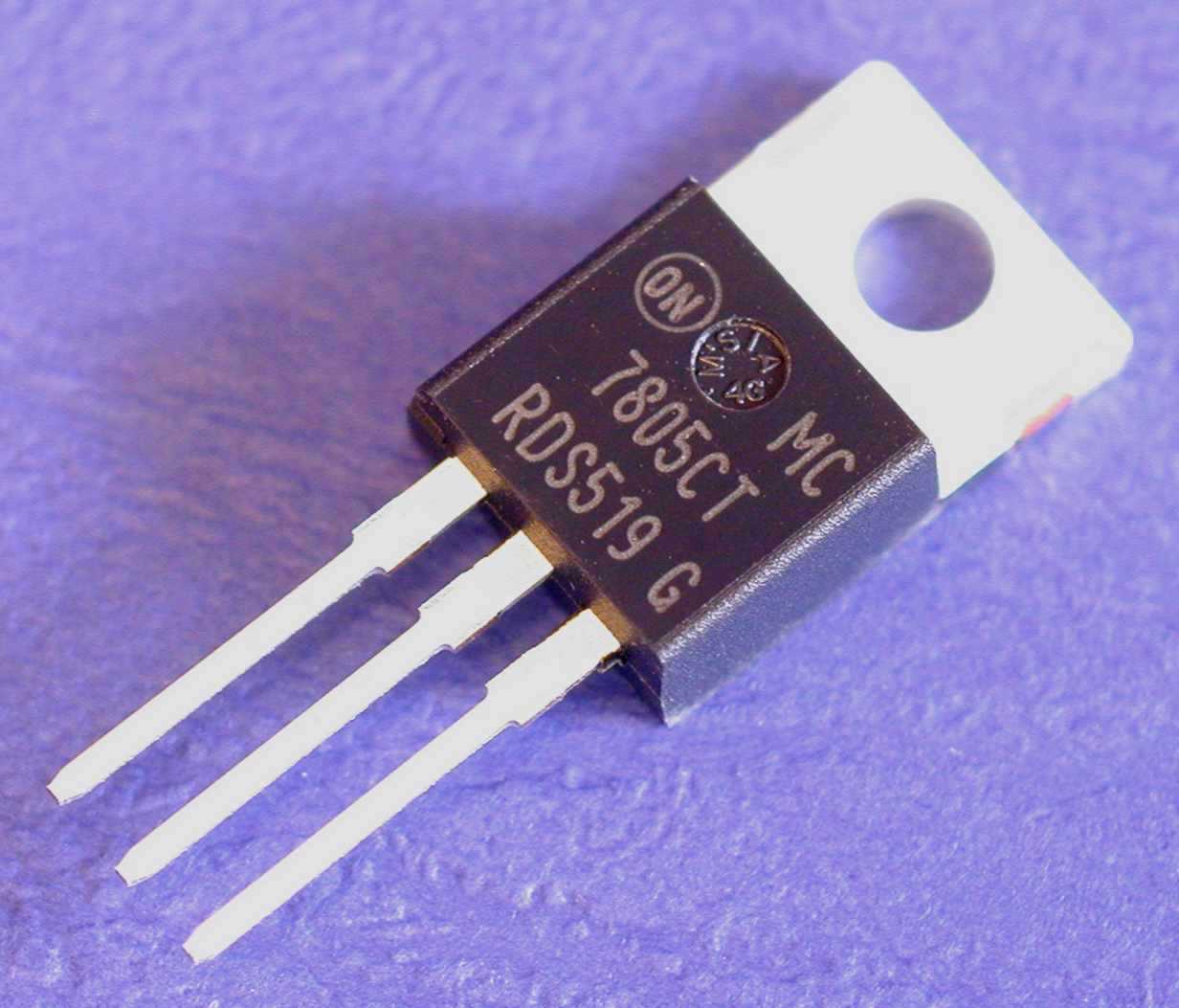
This section provides an in-depth analysis of the electrical characteristics and performance considerations of the MC7805 linear voltage regulator. Understanding these key aspects is crucial for designing and implementing effective voltage regulation circuitry.
One of the primary factors to consider when using the MC7805 is its input voltage range. The device accepts a wide range of input voltages, allowing for versatile usage in various applications. Additionally, the output voltage is stabilized at a constant 5 volts, making it suitable for powering a wide range of electronic components and systems.
Another vital aspect to consider is the load regulation of the MC7805. Load regulation refers to the ability of the voltage regulator to maintain a stable output voltage despite changes in the load current. The MC7805 exhibits excellent load regulation characteristics, ensuring a consistent and reliable power supply for connected devices.
Additionally, the MC7805 offers a high level of line regulation. Line regulation refers to the ability of the voltage regulator to maintain a stable output voltage when the input voltage fluctuates. With its superior line regulation performance, the MC7805 provides a reliable and accurate source of power even in the presence of varying input voltage conditions.
Furthermore, it is important to consider the thermal characteristics of the MC7805. The device is designed to dissipate heat generated during operation efficiently, ensuring reliable performance even under high temperature conditions. This feature enhances the overall reliability and longevity of the voltage regulator.
To gain a comprehensive understanding of the MC7805’s electrical characteristics and performance, please refer to the table below which provides detailed specifications:
| Parameter | Symbol | Value |
|---|---|---|
| Input Voltage Range | VIN | 7V to 25V |
| Output Voltage | VOUT | 5V |
| Load Regulation | – | <0.05%/mA |
| Line Regulation | – | <0.02%/V |
| Thermal Resistance | RθJA | 50°C/W |
By considering these electrical characteristics and performance considerations, designers and engineers can effectively utilize the MC7805 voltage regulator in their electronic designs, ensuring reliable and stable power supply for their applications.
Understanding Voltage Regulator Parameters and Performance Metrics
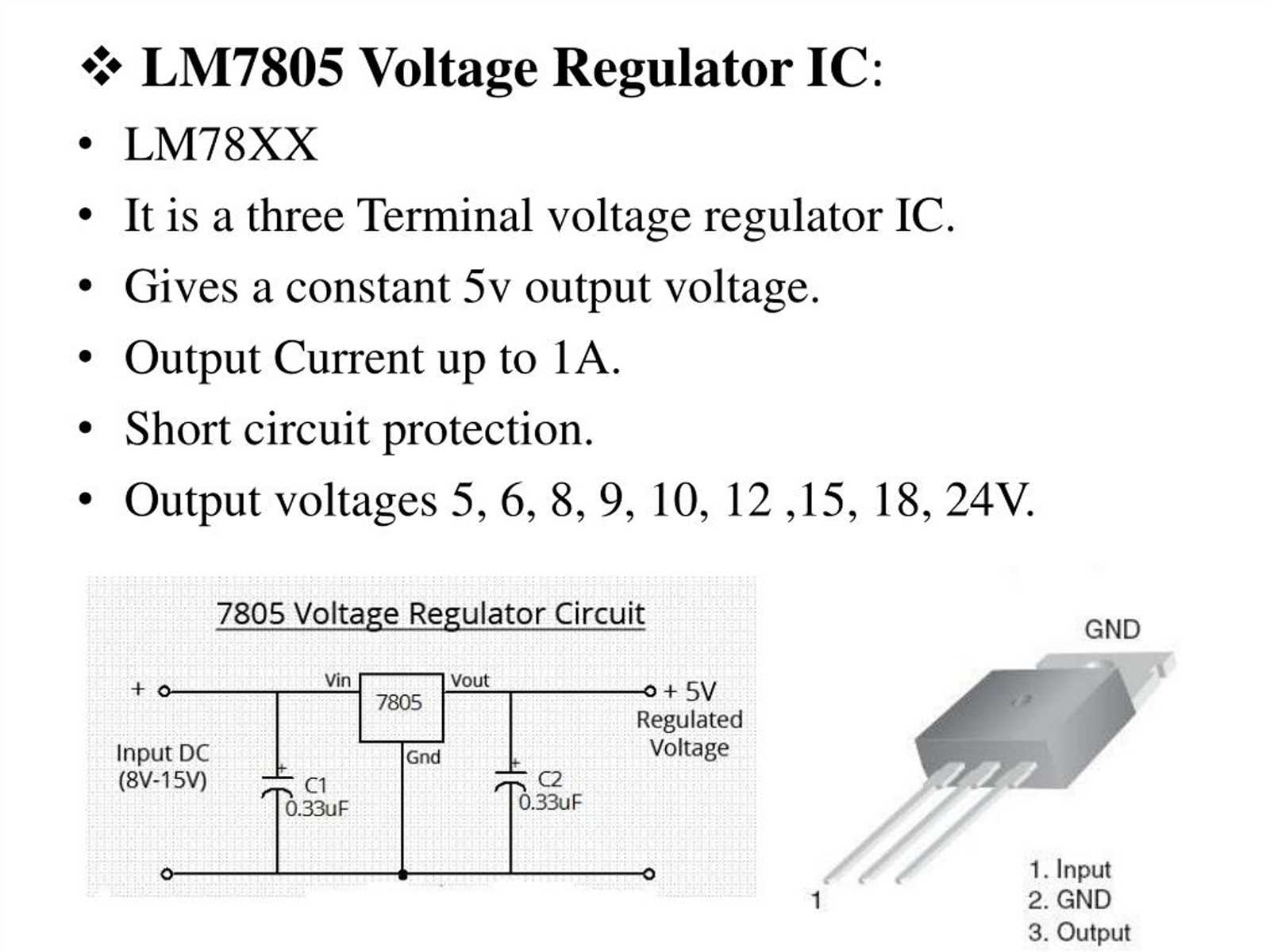
When it comes to voltage regulators, understanding their parameters and performance metrics is crucial for selecting the right one for your electronic application. These parameters provide valuable information about the regulator’s capabilities and behavior, allowing you to ensure reliable and efficient power supply.
Input and Output Voltage Range

One of the primary parameters to consider is the input and output voltage range of the voltage regulator. The input voltage range refers to the range of voltages that the regulator can accept as input, while the output voltage range indicates the range of output voltages the regulator can provide. It is important to match these ranges with the requirements of your circuit to ensure compatibility.
Output Current and Load Regulation
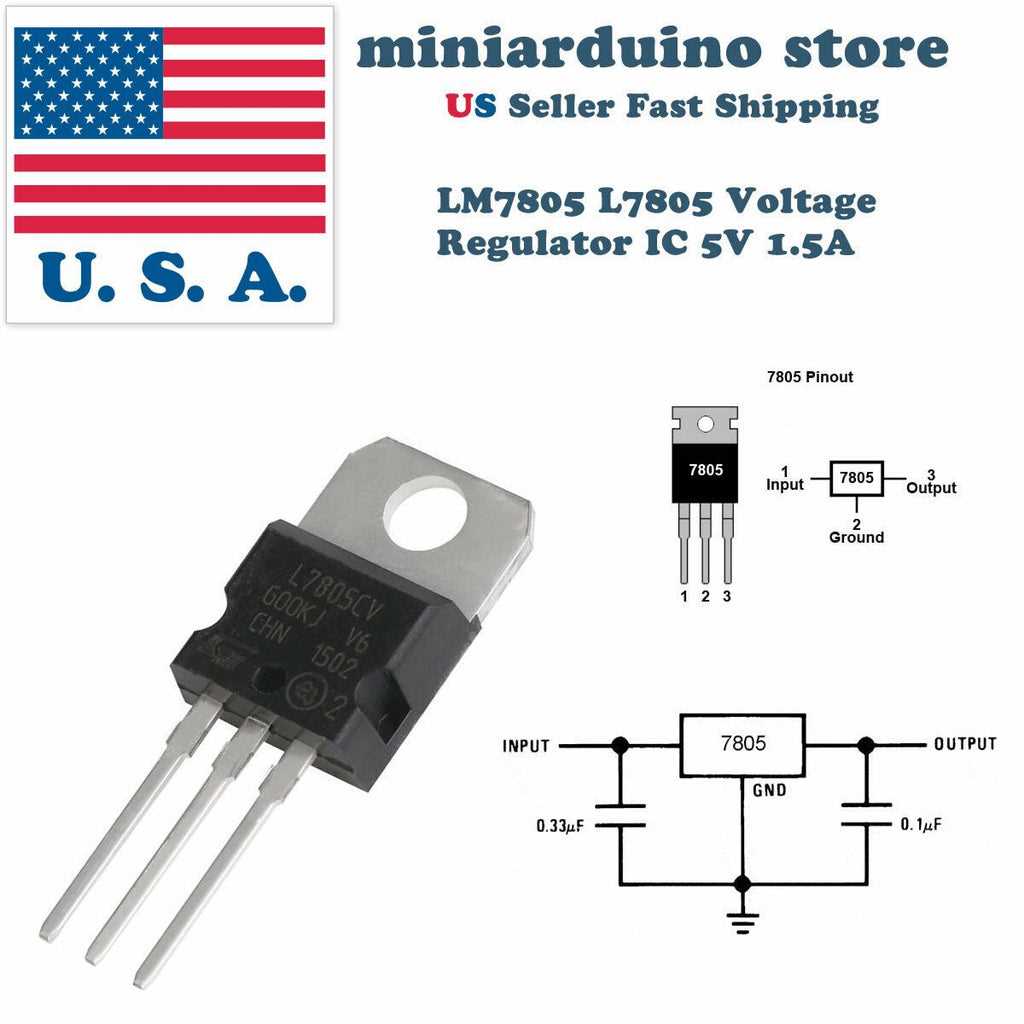
The output current rating of a voltage regulator specifies the maximum current it can deliver to the load. It is crucial to choose a regulator with an output current rating that meets or exceeds the requirements of your application to prevent overloading and potential damage. Load regulation refers to the ability of the regulator to maintain a consistent output voltage despite changes in the load current. A lower load regulation value indicates better performance.
Other important parameters to consider include dropout voltage, which is the minimum voltage required for the regulator to operate properly, and line regulation, which measures the ability of the regulator to maintain a consistent output voltage as the input voltage varies.
When evaluating a voltage regulator’s performance, efficiency is a key metric. Efficiency is a measure of the regulator’s ability to convert input power into output power without significant losses. Regulators with higher efficiency are preferred, especially in battery-powered applications where energy conservation is crucial.
In addition to these parameters and performance metrics, factors like thermal considerations, package type, and cost should also be taken into account when selecting a voltage regulator for your application. By carefully understanding and evaluating these parameters, you can choose the right voltage regulator that meets your specific requirements and ensures optimal performance.